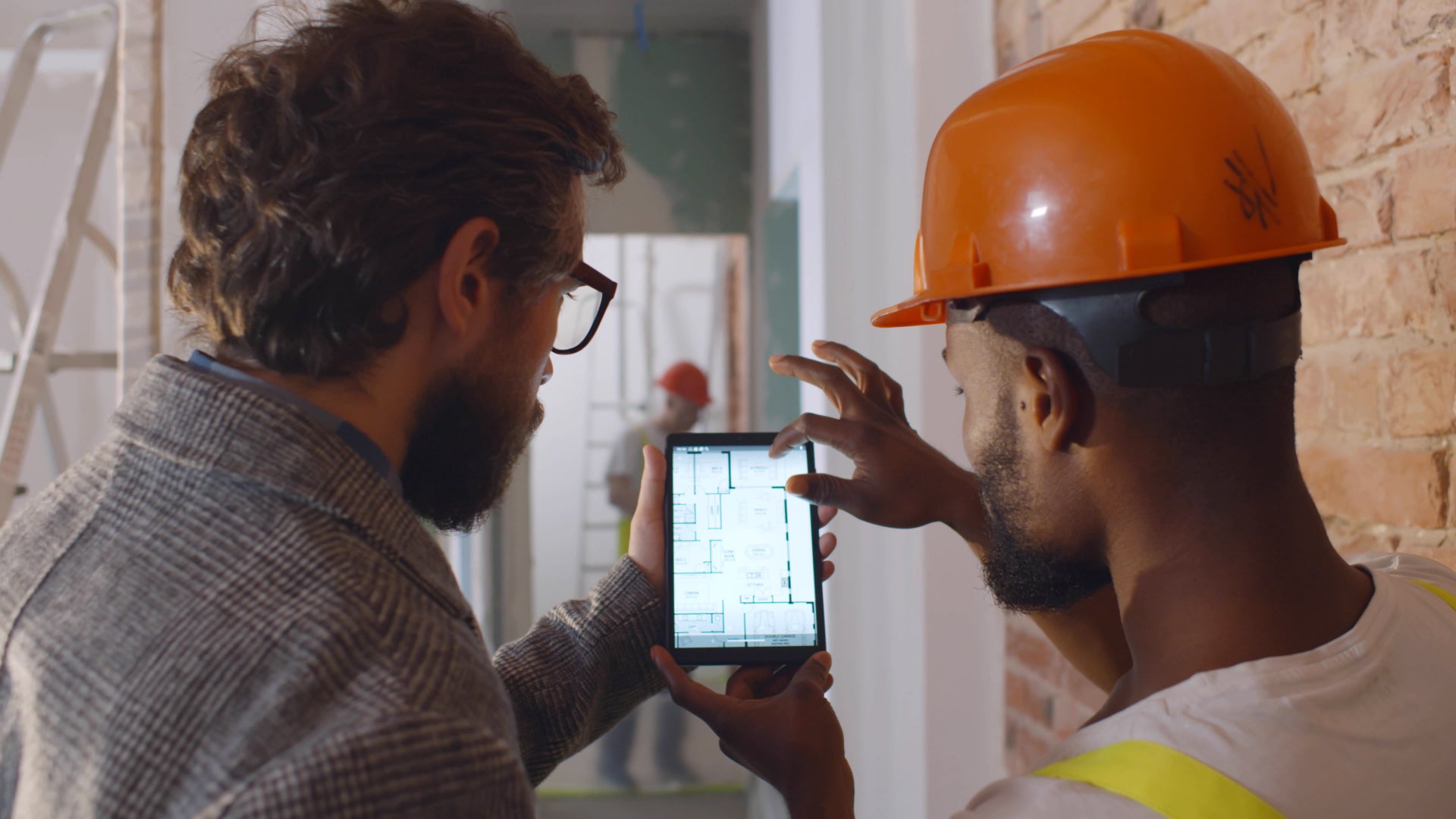As climate changes continues to increase the severity and frequency of natural catastrophe events, it is more important than ever for insurers to have catastrophe modeling software that incorporates state-of-the-art hurricane loss projection methodology.
In 1992, Hurricane Andrew devastated the Florida coast, damaging more than 280,000 homes, triggering more than $33 billion in insurance payouts ($17 billion in 1992), and leaving 65 people dead.
The fallout from Hurricane Andrew included 11 insurance company bankruptcies.[1] Fear and uncertainty about the future of the catastrophe insurance liabilities market led to fewer insurance options for homeowners’ insurance and systematically led to disruptions in the loan origination market.
As a result of the uncertainty in the loss potential from hurricanes and the effects upon the insurance market, the Florida Commission on Hurricane Loss Projection Methodology (FCHLPM) was established in 1995. The commission is an independent panel of experts that evaluates computer models and other recently developed or improved actuarial methodologies for projecting hurricane and flood losses.[2] Models that pass the rigorous process of the FCHLPM are certified.
The FCHLPM certification process for catastrophe models is arduous, entailing comprehensive review and successfully passing a multitude of standards. This involves the commission sending a team of experts from specified fields to perform an on-site review of the scientific, actuarial, civil engineering and statistical soundness of a hurricane model.
As of June 2,2021, the FCHLPM once again certified the CoreLogic North Atlantic Hurricane Model with Expiration of Acceptability of November 1, 2023. The CoreLogic model has been certified and re-certified 18 times since 1997, consistently maintaining a certified model for usage by insurers in the Florida.
What Does This Mean?
The state of Florida has been the locale for some of the nation’s most devastating hurricane events. Since 1992’s Hurricane Andrew, Florida has faced a number of hurricanes. According to the 2021 Hurricane Report[TR1] from CoreLogic, Florida has over 7.8 million homes at risk to wind and over 3 million homes at risk to storm surge.
And indeed, the loss potential of Florida continues to be great. 2017’s Hurricane Irma battered Florida, causing up to $65 billion of insured and uninsured losses[TR2] for residential and commercial properties. Moreover, 2018’s Hurricane Michael caused up to $4 billion in insured losses [TR3] in the state. With the active 2021 hurricane season still to come, and climate change making extreme events more frequent and more severe, insurers and reinsurers deserve to have confidence that the model they choose has gone through a rigorous certification process.
More devastating hurricane events means more homes destroyed, more families displaced, and more weight on insurers to help them recover as soon as possible. By using these certified models, insurers can plan for the steep finances required in the event of large hurricanes while also ensuring that their policyholders’ homes are safe, secure and insured to value.
For more information, email [email protected].
©2021 CoreLogic, Inc., All rights reserved
[1] https://www.cbo.gov/sites/default/files/107th-congress-2001-2002/reports/09-20-federalreinsurance.pdf
[2] https://www.sbafla.com/method/Home.aspx
[TR1] The 2021 Hurricane Report
[TR2]https://www.corelogic.com/press-releases/media-advisory-corelogic-analysis-estimates-property-damage-from-hurricane-irma-between-42.5-billion-and-65-billion.aspx
[TR3]https://www.corelogic.com/press-releases/hurricane-michael-wind-and-storm-surge-cause-an-estimated-3-billion-to-5-billion-in-losses-corelogic-analysis-shows.aspx

